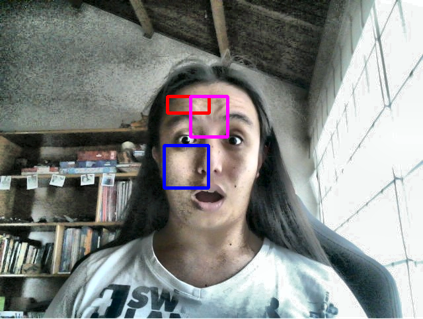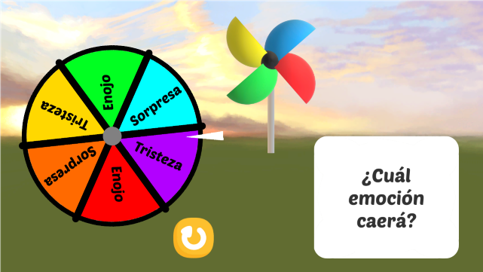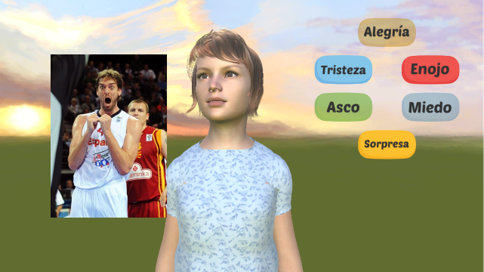Aprendiendo con Emma was a unique project that exemplified the power of collaboration across different disciplines. In this endeavor, the worlds of electronic engineering and psychology merged to create an innovative game. This game was designed to assist children with ASD in recognizing and expressing emotions. The utilization of computer vision and other technologies in this context underscored the importance of leveraging diverse expertise for a common goal. This project taught me the value of multi-disciplinary teamwork and the endless possibilities it can unlock.
Aprendiendo con Emma presented a distinctive design challenge, where the primary focus transcended entertainment and delved into education. This multidisciplinary project, led by experts in electronic engineering and psychology, aimed to assist children with ASD in recognizing and expressing emotions.
This project opened the door to dynamic libraries (DLLs) that played a crucial role in incorporating the OpenCV library for advanced image processing into the game. Bridging OpenCV and our C# game demanded coding vital computer vision functions in a dedicated C++ environment.
A crucial aspect of Aprendiendo con Emma was recognizing facial expressions, which involved several key algorithms and techniques.

Detection of faces through SSD.

Identification of landmarks through Kazemi's algorithm.

Some of the features used for facial expression recognition.

